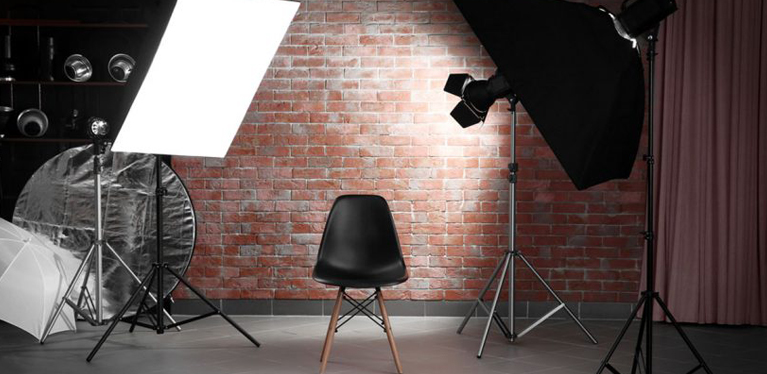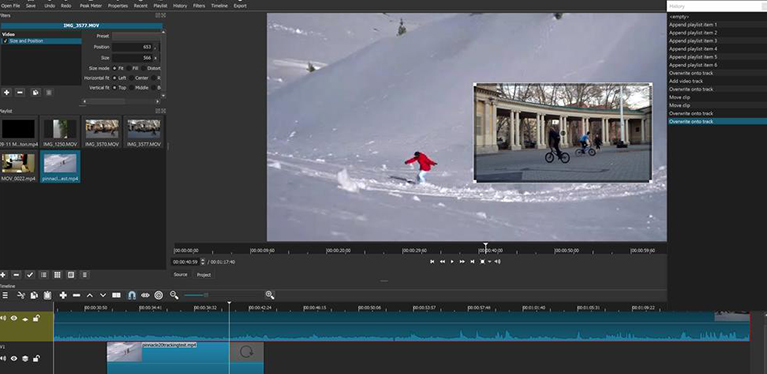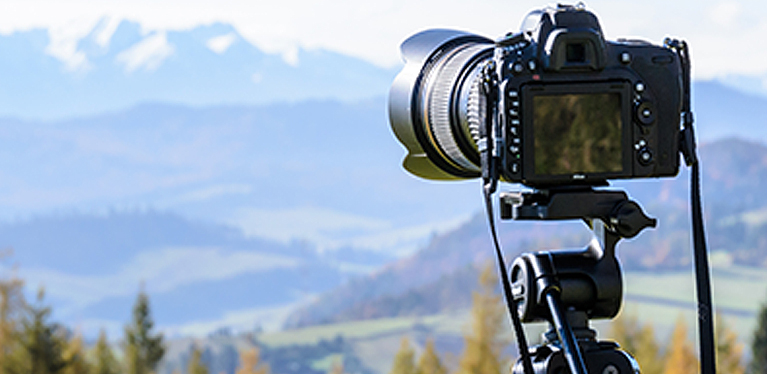Being a professional photographer is not an easy task. With too many cameras entering the market and too many amateur photographers trying hands on professional photography, the industry is becoming competitive with time. To succeed as a digital photographer, you need to know the right usage of camera, lights, models, and products. Knowledge of basic photo editing software will be an added advantage. To learn from basics or to sharpen existing skills, pursue digital photography courses from photography schools. Here’s a list of some basic photography tips to get you going.
Learn lighting:
The first and foremost aspect of photography is lighting. While lighting can bring a photograph to life, it can also make it look dull if not used appropriately. To succeed as a professional, learn to photograph under natural as well as artificial light. Front lighting, backlighting, side lighting, hard light, and soft light- get your basics clear with different types of lighting and start giving dramatic looks even to dull objects.

Picture courtesy: https://www.adorama.com
Get basic editing skills right:
Though photos in their natural form looks best, still little bit of editing enhance the shots captured. Photo editing is generally taught as a part of digital photography courses in photography schools. Garner basic photo editing skills with software like Adobe Photoshop, Pixlr Editor, and Adobe Lightroom, and you will be on the right track. Photo editing is simply the icing on the cake.

Use simple props:
Use of simple props is recommendable over use of complicated ones. Use of simple props keep the product in focus as compared to their complicated counterparts. Props help brighten the picture, add to the object’s beauty and gather more views. Props should not be used to an extent that it outshine the product.
Take inspiration from brands:
Take inspiration from brands that are continuously experimenting with product and fashion photography. Evaluate their work in your mind and see what changes you can do to the photos you have clicked to make objects look better.
Take multiple shots:
Taking multiple shots from different angles helps select the best ones. Capture as many images as possible using manual camera settings. You can also re-shoot using different shutter speed and exposure values. Capture images in both landscape and portrait mode. These rules help click accurate images, and accurate images are convenient to edit as compared to blur, tilted or cropped ones. Digital photography courses cover all such thumb rules of photography.
To add more to the list, enrol in photography schools and get the right guidance from experts.

